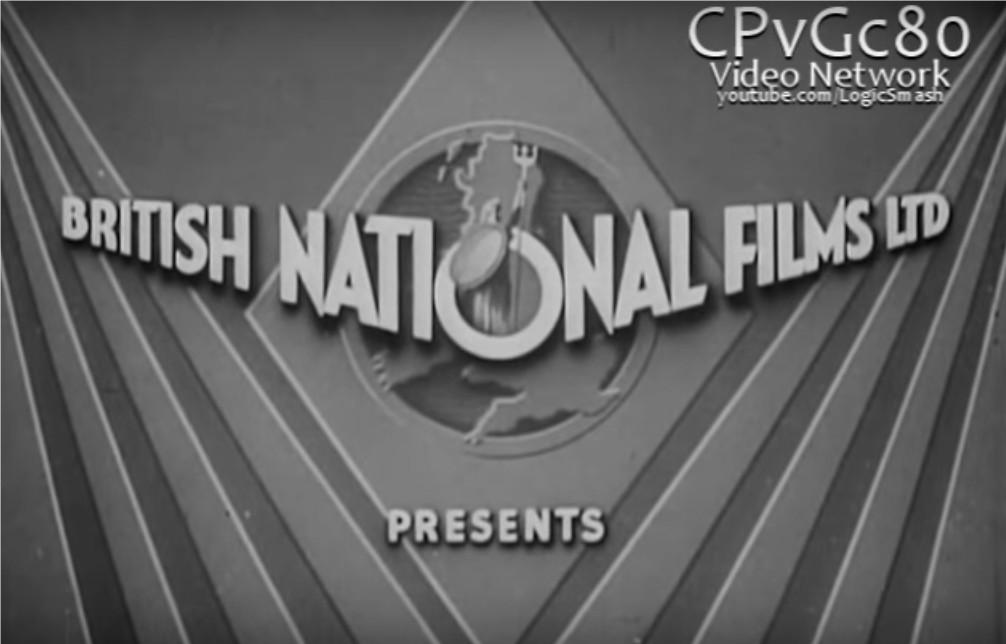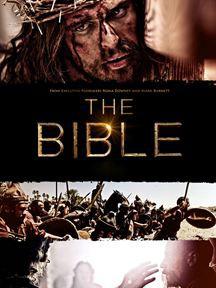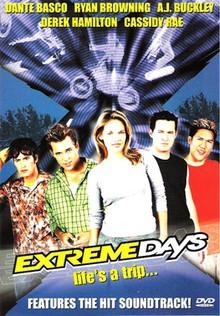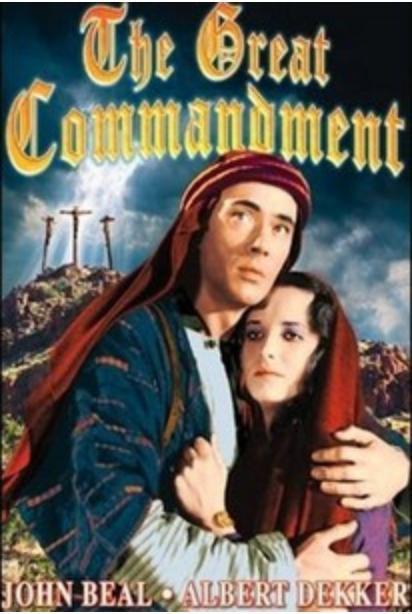
4 minute read
10 decade
10 DECADE 10 DECADE
10 DECADE - 7
Advertisement
FROM THE MANGER TO THE CROSS
In 1907, multiple film reel came to be called an asset when Adolph Zukor distributes the three Pathe Reel Passion Play. “From the Manger to the Cross (From the Manger to the Cross; or, Jesus of Nazareth)" is an American feature film, whose protagonist is actor Robert Henderson (Jesus) and was filmed in Egypt, which at the time was Palestine ". The film was shot in the year 1912. The film is an account of the life of Jesus Christ, based on the books of the New Testament, which shows the death of Jesus from birth. Directed by Sidney Olcott, who also appeared in the film, actress and screenwriter Gene Gauntier wrote the script and portrayed the Virgin Mary. The production of the film cost $ 35,000 (thirty-five thousand dollars), premiered in silent movie theater
10 DECADE – 8
(does not thousand dollars), premiered in silent cinema (does not show actors talking, shows only texts).
BEN HUR (1907)
In 1907, Sidney Olcott directed the film "Ben Hur". The production cost $ 3000 (three thousand dollars). The film begins with an assembly of citizens who are tormented by one of its members, whose words carry great weight with the crowd, and their attitude of approval shows that the Roman error in Jerusalem has reached its climax. Heralds now approach and Roman soldiers repel the crowd to make way for the Roman procurator to approach. The scene changes to Ben Hur's house, which is seen with his sister and mother at the top of the house. The cavalcade of the Roman troops is approaching and, to get a closer view, Ben Hur leans
10 DECADE – 9
from the trap and drops one of the stones on the prosecutor's shoulder. This is seen and misinterpreted by the governor, who orders soldiers to arrest prisoners; after ineffective appeals and struggles, they are carried forward. Ben Hur is sent to the galleys, where he is loaded with chains. There he signs himself saving the life of Arrias, who publicly adopts him as a son and proclaims him a Roman citizen amid the acclaim of the crowd gathered at the forum. Now comes the scene in the games in which Ben Hur is challenged by Messala and accepts him, much to the satisfaction of the citizens. The carriages and athletes parade in front of the platform and in due time they are organized, and the carriage race begins. Three times around the ring, he pushes the cars, and on the fourth lap, Ben Hur emerges victorious and is crowned with the crown, much to the chagrin of Messala, who is carried on a stretcher, wounded to death.
BEN HUR (1925)
The first color version of “Ben Hur”, was produced in 1925 and directed by Fred Niblo, Charles Brabin, J.J.
10 DECADE – 10
Cohn and Christy Cabanne, the production of the film cost $ 4 million dollars and raised US $ 10.7 million in theaters.
BRITISH NATIONAL FILMS LTD
Rank was a devoted member of the Methodist Church and, in middle age, taught at Sunday School, for which he began showing religious films. This practice expanded to other churches and schools and led to his formation of

10 DECADE – 11
the Religious Film Society, to which he distributed the films he had also made. His first production was called Mastership. When the Methodist Times began to complain about the negative influence that British and American films shown in Britain were having on family life, its editorial was answered by the London Evening News, which suggested that, instead of complaining, the Methodist Church should provide a solution. Rank accepted the challenge and, through an introduction by a young film producer named John Corfield, he discussed the problem and a solution with Lady Yule of Bricket Wood. The net result of these meetings was the formation of the British National Films Company.
TURN OF THE TIDE
British National Films LTD's first commercial production was Turn of the Tide (1935), a film based on a Leo Walmsley novel, recently published in 1932, called Three Fevers. The film was directed by Norman Walker and after creating the film, British National had to distribute it and exhibit it, but this proved more difficult than making
10 DECADE – 12
the film. Some commercial screens began to show Turn of the Tide as a second resource, but that exposure was not enough for the company to make a profit. In Britain J. Arthur Rank, a member of a Yorkshire grinding family, started producing films in the midthirties, apparently, to propagate his Methodist faith. Convinced in making Christian films, Rank helped establish the success of Pinewood Stud








